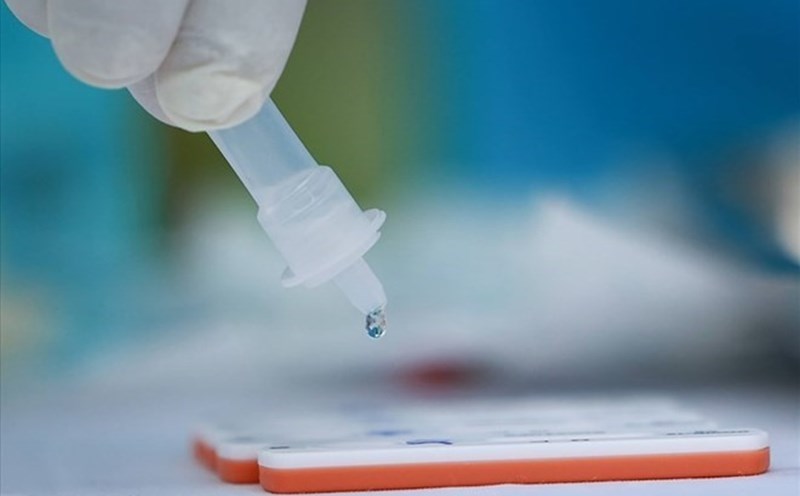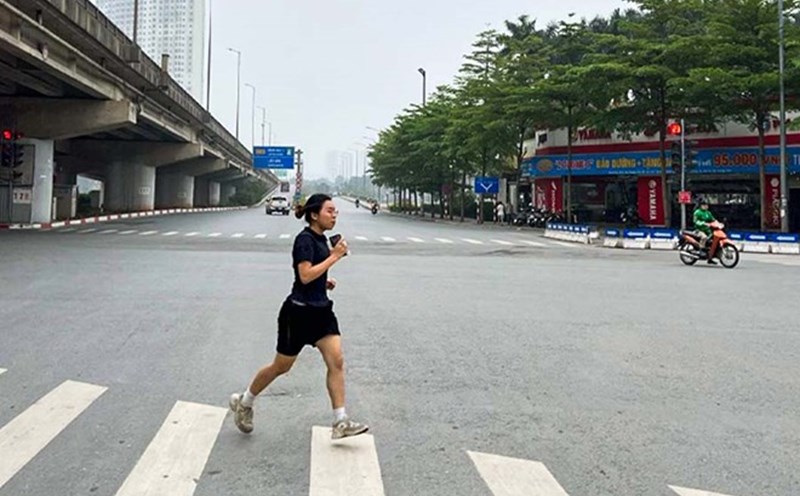Runner's facial disguise: Common misunderstandings
The term "runner's face" is spreading strongly on social networks, referring to the pimpled, flowing face of people who often run. Although it is noteworthy, this phrase is not recognized by the medical examination board.
Dr. Marisa Garshick, a dermatologist at Dermatology & Laser Group Hospital (New York), affirmed: "There has been no study showing that running can disrupt skin elasticity or cause premature facial aging."
Instead, she pointed out that the real cause of skinny and sluggish faces is due to reduced facial fat in people with a low percentage of body fat, and aging due to sunlight if not wearing enough sunscreen.
Running properly helps children stay longer, not the other way around
Contrary to popular beliefs, experts agree that moderate running helps the skin to be healthy and slow to age.
According to Angelica Bottaro, the book focuses on dermatology and physical activity that increases blood circulation, provides oxygen and nutrients to nourish the skin, and reduces glycation, a reaction that destroys collagen and elastin.
Exercise also increases immunity, improves sleep quality, and indirectly helps brighten skin. However, she emphasized: "The prerequisite is to protect the skin from UV rays every time you go out".
Tips for healthy skin when running regularly
To avoid "nhycky faces" and protect your skin when exercising outdoors, experts recommend:
Always wear SPF 30+ sunscreen, even on cloudy days.
Avoid running in the hot sun, choose early morning or late afternoon.
Wear protective gear such as a wide-brimmed hat and a light-sleeved ao dai.
Eat enough and maintain healthy body fat.
A certain percentage of facial fat helps the face look younger and fresher, especially for long-term runners.
Don't let unverified concepts like "runner faces" worry you. When you run properly, protect your skin carefully and eat in moderation, you are investing in sustainable skin and health.











